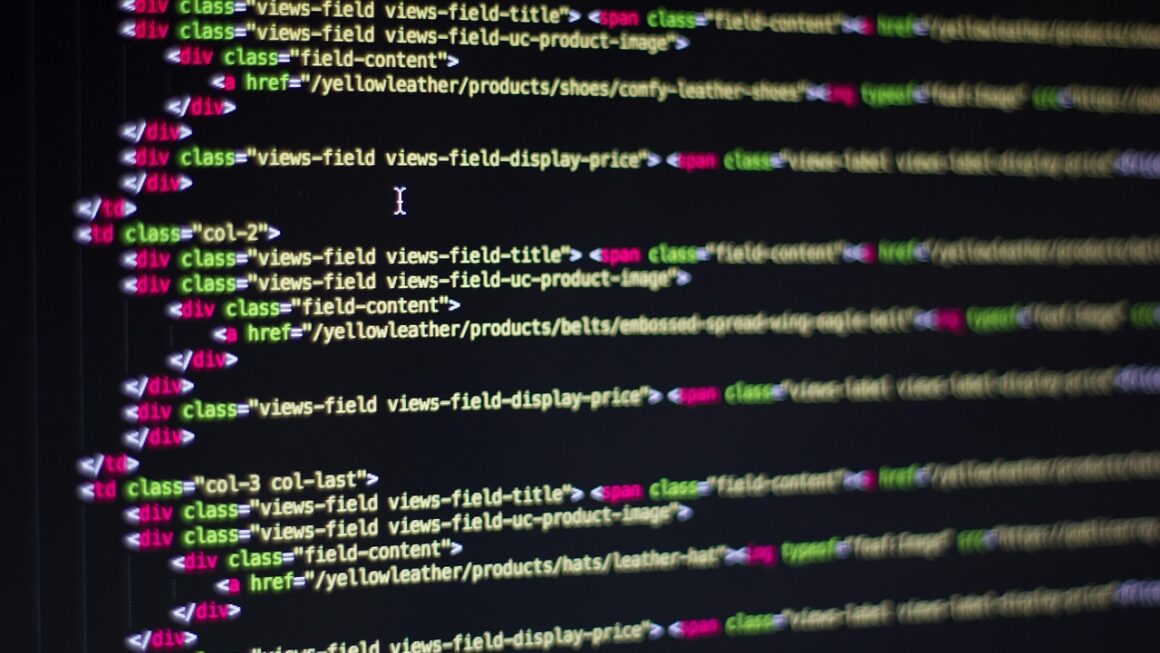Python, the versatile and widely-adopted programming language, has found an incredibly powerful ally in the realm of Artificial Intelligence. Whether you’re a seasoned Python developer or just starting your coding journey, understanding how AI can augment your coding workflow is crucial in today’s rapidly evolving technological landscape. This article will delve into the transformative impact of AI on Python coding, exploring the various tools and techniques that can supercharge your productivity, improve code quality, and unlock new possibilities.
The Rise of AI-Assisted Python Coding
AI is no longer a futuristic concept; it’s an integral part of modern software development. When it comes to Python, AI tools are revolutionizing how we write, test, and debug code. These AI-powered solutions leverage machine learning models to understand code semantics, predict errors, and even generate entire code snippets. This leads to significant time savings, reduces the learning curve for beginners, and allows experienced developers to focus on more complex problem-solving.
Benefits of Using AI in Python Development
Integrating AI into your Python coding practices offers numerous advantages:
- Increased Productivity: AI tools automate repetitive tasks, such as code completion, bug detection, and documentation generation, freeing up developers to focus on higher-level design and problem-solving. Studies show AI-powered coding assistants can increase developer productivity by up to 40%.
- Improved Code Quality: AI can analyze code for potential errors, security vulnerabilities, and style inconsistencies, leading to more robust and maintainable applications.
- Reduced Development Time: By automating code generation and debugging, AI can significantly shorten the development lifecycle.
- Enhanced Learning: AI-powered tutors and intelligent coding assistants can provide personalized feedback and guidance, making the learning process more efficient and engaging.
- Accessibility for Beginners: AI can bridge the gap for novice programmers by offering real-time assistance and simplifying complex concepts.
Understanding the Underlying Technologies
The magic behind AI-assisted Python coding lies in various machine learning techniques, including:
- Natural Language Processing (NLP): Enables AI to understand and interpret natural language, allowing developers to interact with code using plain English.
- Machine Learning (ML): Trains models on vast datasets of code to predict code completions, detect errors, and generate new code snippets.
- Deep Learning (DL): A subset of ML that uses artificial neural networks with multiple layers to learn complex patterns in code.
Popular AI-Powered Python Coding Tools
A growing ecosystem of AI-powered tools is transforming the Python development landscape. These tools offer a range of functionalities, from code completion and error detection to automated documentation and code generation.
GitHub Copilot
One of the most prominent AI-powered coding assistants, GitHub Copilot, uses OpenAI Codex to suggest code completions, entire functions, and even documentation based on comments and context.
- Features:
Code Completion: Predicts and suggests code as you type.
Function Generation: Creates entire functions based on comments.
Contextual Understanding: Analyzes surrounding code to provide relevant suggestions.
- Example: If you write a comment like `# Function to calculate the factorial of a number`, Copilot can automatically generate the complete Python function.
Tabnine
Tabnine is another AI-powered code completion tool that learns from your coding patterns and provides personalized suggestions.
- Features:
Personalized Suggestions: Adapts to your coding style and preferences.
Team Learning: Can be trained on your team’s codebase to provide consistent suggestions.
Privacy Focused: Offers options for on-premise deployment to ensure data security.
- Use Case: Helps you write more efficient and bug-free code by suggesting relevant code snippets and API calls.
Kite
Kite integrates directly with popular Python IDEs and editors, providing real-time code completions, documentation, and examples.
- Features:
Intelligent Autocompletion: Suggests relevant code snippets and API calls.
Instant Documentation: Provides access to documentation directly within your editor.
Example Finder: Helps you find real-world examples of how to use specific functions or libraries.
- Integration: Seamlessly integrates with IDEs like VS Code, Sublime Text, and Atom.
DeepSource
DeepSource is a static analysis tool that uses AI to identify potential bugs, security vulnerabilities, and performance issues in Python code.
- Features:
Automated Code Reviews: Analyzes code for potential issues and provides actionable recommendations.
Security Vulnerability Detection: Identifies potential security flaws in your code.
Performance Optimization: Recommends ways to improve the performance of your code.
- Actionable Insights: Provides clear and concise explanations of the issues and how to fix them.
Practical Applications of AI in Python Projects
AI can be applied to various types of Python projects, from web development to data science. Let’s explore some specific examples:
Web Development
AI can be used to automate tasks such as form validation, data cleaning, and API integration in web applications.
- Example: Using an AI-powered library to automatically validate user input in a Django form. Instead of writing custom validation logic for each field, the AI can analyze the data and identify potential errors.
Data Science
AI plays a crucial role in data science, enabling tasks such as data analysis, model building, and prediction.
- Example: Using AutoML tools like Auto-sklearn or TPOT to automatically search for the best machine learning model for a given dataset. These tools can significantly reduce the time and effort required to build and tune machine learning models. They automatically perform feature engineering, model selection, and hyperparameter optimization.
Automation and Scripting
AI can automate repetitive tasks in Python scripts, such as file processing, data manipulation, and system administration.
- Example: Using an AI-powered library to automatically extract data from unstructured text files. Instead of writing complex regular expressions, the AI can understand the structure of the text and extract the relevant information.
Best Practices for Using AI in Python Coding
To effectively leverage AI in your Python coding workflow, consider these best practices:
Choosing the Right Tools
Select AI tools that align with your specific needs and project requirements.
- Consider the features, price, and integration capabilities of each tool.
- Read reviews and compare different options before making a decision.
Understanding Limitations
Be aware of the limitations of AI tools and don’t rely on them blindly.
- AI-generated code may not always be perfect and may require manual review and modification.
- AI models can be biased based on the data they were trained on.
Continuous Learning
Stay up-to-date with the latest advancements in AI and Python.
- Attend conferences, read articles, and experiment with new tools and techniques.
- Contribute to open-source projects to gain hands-on experience.
Conclusion
AI is revolutionizing the way we code in Python, offering unprecedented opportunities for increased productivity, improved code quality, and faster development cycles. By embracing AI-powered tools and techniques, Python developers can unlock their full potential and build innovative solutions that were previously unimaginable. While it’s important to acknowledge the limitations of AI and use these tools responsibly, the future of Python coding is undoubtedly intertwined with the power of artificial intelligence. Embrace the change, experiment with different tools, and watch your Python development skills soar to new heights.




